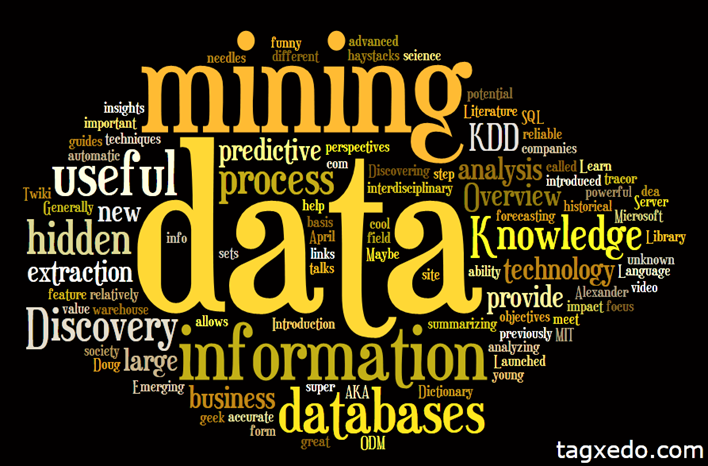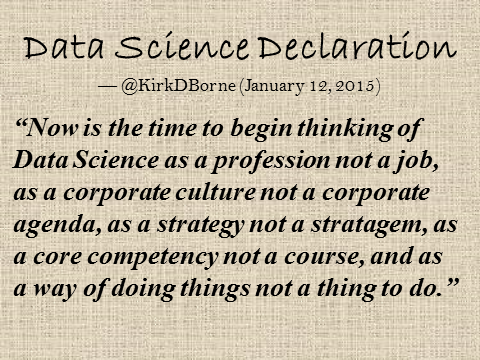(This article was originally published on BigDataRepublic.com in June 2013 — that site no longer exists.)
Could a simple math formula be responsible for all of modern civilization? An article in 2013 hypothesized that there is one, and the Formula for Compound Interest is it. The formula is actually quite straightforward, but the mathematical consequences are huge and potentially impossible to assimilate. Let us illustrate this with a simple example, and then we will see the consequences for the current Big Data revolution.
Assuming an annual period of compounding, if your principal (asset or debt) P grows at an annual rate R, then your net accumulation A after one year is P*(1+R). The accumulation A grows by an additional (1+R) factor for each additional year. Therefore, your accumulation after N years is equal to A=P*(1+R)N.
The fact that the number of compounding periods N is in the exponent of the compound interest growth formula means two things: (1) the growth rate is exponential (by definition); and (2) because the growth rate is exponential, the total accumulation A after a modest number of compounding periods can easily dwarf the initial value P, particularly for values of R equal to several percent per annum (or greater).
Many people have experienced the power of this compound interest growth through their own personal long-term retirement contributions. If you make a one-time investment of $5000 at age 20 (with no other contributions for the rest of your working career), then an annual return rate R=8% will yield a balance of $160,000 at 65 years old (a net gain of over 3000%). If you make more modest but systematic contributions (for example $400 each year), then the final value of your retirement fund would also be $160,000 (from a total personal investment of $18,000 over 45 years – a net gain of 800%). This compound interest growth is amazing and impressive. Most people can understand these numbers and can relate them to normal life experience.
But consider what happens if the annual rate R is not a few percent, but double-digit or triple-digit percent. For example: if R=100%, then a $1 investment each year starting at age 20 would produce a net accumulation of $1024 after 10 years (from just $10 total personal investment). The net accumulation after 45 years at age 65 (from a total personal investment of $45) would equal $35,000,000,000,000 – that is, thirty-five trillion dollars! In this case, the mathematical consequences are enormous and too mind-boggling to comprehend. It is off-the-charts and unbelievable, and yet it is a mathematical certainty – the number (1+R) in the compound interest formula when R=100% is 2, and 245 is a truly huge number.
Finally, let us connect the original historical hypothesis to our current Big Data environment. Some conservative estimates suggest that the world’s data volume doubles every year. That is a growth rate R=100%. Does that look familiar? Annual data-doubling corresponds to 210 times more data after every 10 years: from zettabytes now to geopbytes in a few decades (similar to investing $45 to get $35 trillion)! The Big Data explosion is truly enormous growth on steroids! This is why Big Data is not simply “more data”, but it is something completely different, mind-boggling, and off-the-charts impossible to grasp. Nearly every government entity, corporate decision-maker, business strategist, marketing specialist, statistician, domain scientist, news service, digital publisher, and social media guru is talking “Big Data”. However, most of us involved in those conversations cannot begin to assimilate how the current growth in Big Data and a simple math formula will be responsible for radically transforming modern civilization all over again.
Therefore, don’t believe people when they say “We have always had Big Data!” That statement completely misses the point of today’s data revolution and trivializes the massive disruptive forces that are now transforming our digital world. Today’s big data is not yesterday’s big data!
Follow Kirk Borne on Twitter @KirkDBorne



